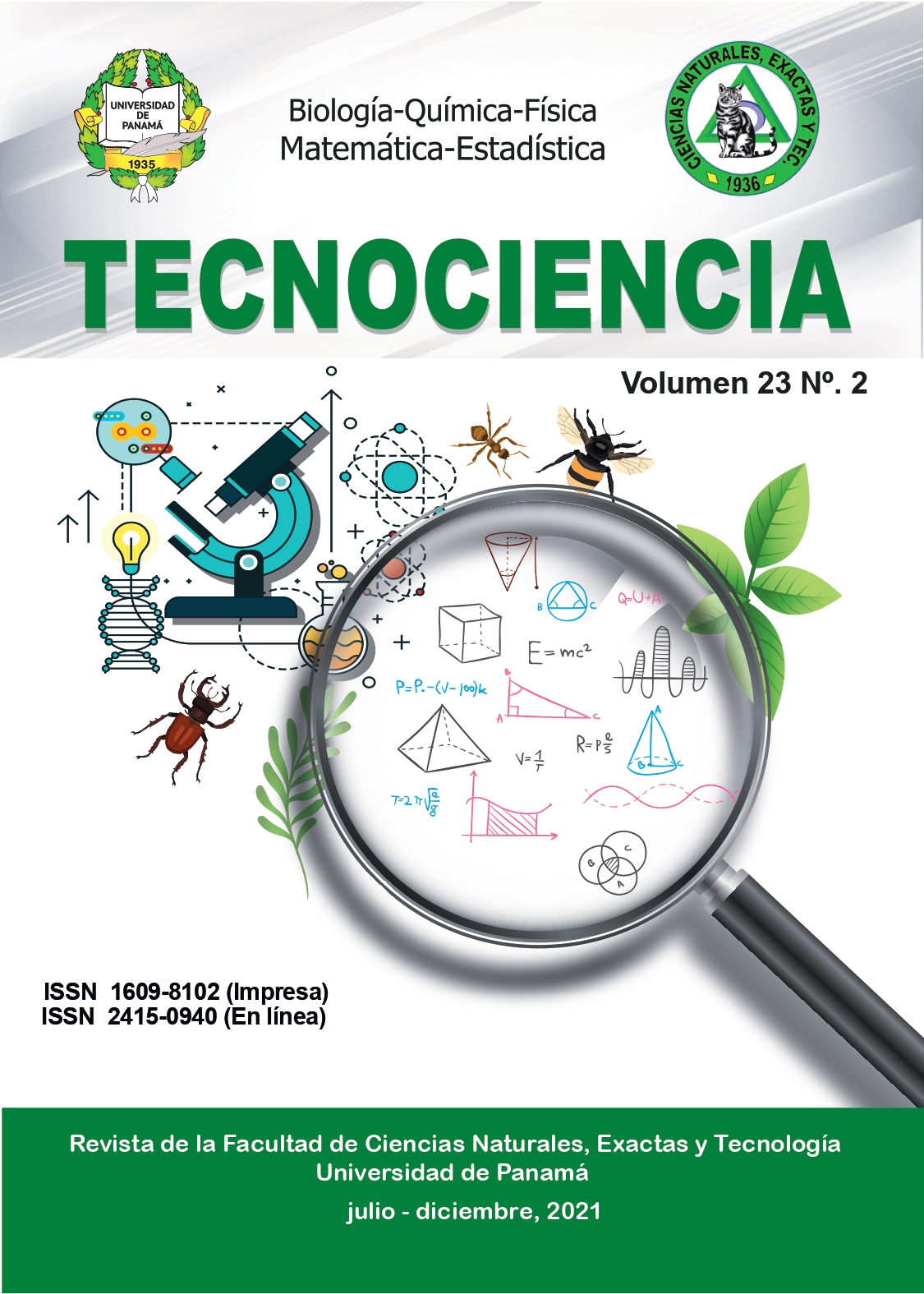References
Benaim G, Losada S, Gadelha FR, Docampo R 1991. A calmodulin-activated (Ca(2+)- Mg2+)-ATPase is involved in Ca2+ transport by plasma membrane vesicles from Trypanosoma cruzi. Biochem J. 280 (Pt 3: 715–720.
Bern C., Montgomery S., Herwaldt B., Rassi, A., Marin-Neto, J., Dantas, R., Moore, A. C. 2007. Evaluation and Treatment of Chagas Disease in the United States. JAMA, 298(18), 2171. doi:10.1001/jama.298.18.2171
Brandao A, Fernandes O 2006. Trypanosoma cruzi: Mutations in the 3’ untranslated region of calmodulin gene are specific for lineages T. cruzi I, T. cruzi II, and the Zymodeme III isolates. Exp Parasitol 112: 247–252.
Camargo, E.P. 1964. Grawth and differentialion in Trypanosoma cmii, 1. Origin ob metacyciic trypanosomes o liquidmedia. Revine. Mcd. Troo. Sao Paulo fi: 93-100.
Cassola, A., Frasch, A. 2009. An RNA recognition motif mediates the nucleocytoplasmic transport of a Trypanosome RNA-binding protein J. Biol. Chem. 284 (50): 35015-35028. doi: 10.1074/jbc.M109.031633
Chagas C. 1909. Nova tripanozomiaze humana. Estudos sobre a morfolojia e o ciclo evolutivo de Schizotrypanum cruzi n. gen., n. sp.,ajente etiolojico de nova entidade morbida do homen. Mem Inst Oswaldo Cruz 1, 159–218.
Cheung WY 1980. Calmodulin plays a pivotal role in cellular regulation. Science 207: 19–27. Chung S, Swindle J 1990. Linkage of the calmodulin and ubiquitin loci in Trypanosoma cruzi. Nucleic Acids Res. 18: 4561–4569.
Chung S.-H., & Swindle J. 1990. Linkage of the calmodulin and ubiquitin loci in Trypanosoma cruzi. Nucleic Acids Research, 18(15), 4561–4569. doi:10.1093/nar/18.15.4561.
Clayton CE 2002. Life without transcriptional control? From fly to man and back again. EMBO J. 21: 1881–1888.
Clayton CE 2014. Networks of gene expression regulation in Trypanosoma brucei. Mol. Biochem. Parasitol. 195: 96–106.
Crowther G., Shanmugam D., Carmona S., Doyle M., Hertz-Fowler C., Berriman M., 2010. Identification of attractive drug targets in neglected-disease pathogens using an in silico approach. PLoS Negl Trop Dis; 4(8):e804. https://doi.org/10.1371/journal.pntd.0000804 PMID: 20808766; PubMed Central PMCID: PMCPMC2927427.
D’Orso, I., De Gaudenzi J. & Frasch, A. C. C. 2003. RNA-binding proteins and mRNA turnover in trypanosomes. Trends in Parasitology, 19(4), 151–155. doi:10.1016/s1471-4922(03)00035-7.
Das A., Banday M., Fisher M. A., Chang, Y.-J., Rosenfeld J., & Bellofatto, V. 2017. An essential domain of an early-diverged RNA polymerase II functions to accurately decode a primitive chromatin landscape. Nucleic Acids Research, 45(13), 7886–7896. doi:10.1093/nar/gkx486.
De Gaudenzi J., Noe G., Campo V., Frasch A. & Cassola A. 2011. Gene expression regulation in trypanosomatids. Essays Biochem 51, 31–46.
De Gaudenzi JG De, D’Orso I, Frasch ACC 2003. RNA recognition motif-type RNAbinding proteins in Trypanosoma cruzi form a family involved in the interaction with specific transcripts in vivo. J. Biol. Chem. 278: 18884–18894.
El-Sayed NM, Myler PJ, Bartholomeu DC et al 2005. The genome sequence of Trypanosoma cruzi, etiologic agent of Chagas disease. Science 309: 409–415.
Liang X.H., Haritan A., Uliel S. and Michaeli S. 2003. Trans and cis splicing in trypanosomatids: mechanism, factors, and regulation. Eukaryot. Cell 2, 830–840.
Ling, M. M., & Robinson, B. H. (1997). Approaches to DNA Mutagenesis: An Overview. Analytical Biochemistry, 254(2), 157–178. doi:10.1006/abio.1997.2428.
Leppek, K., & Stoecklin, G. (2014). An optimized streptavidin-binding RNA aptamer for purification of ribonucleoprotein complexes identifies novel ARE-binding proteins. Nucleic Acids Research, 42(2). https://doi.org/10.1093/nar/gkt956.
Okonechnikov K, Golosova O, Fursov M, Varlamov A, Vaskin Y, Efremov I, German Grehov OG, Kandrov D, Rasputin K, Syabro M, Tleukenov T 2012. Unipro UGENE: A unified bioinformatics toolkit. Bioinformatics 28: 1166–1167.
Onyekwelu, K. 2019. Life Cycle of Trypanosoma cruzi in the Invertebrate and the Vertebrate Hosts. www.intechopen.com. Obtenido 11, 2019, de https://www.intechopen.com/online-first/life-cycle-of-trypanosoma-cruzi-in-the-invertebrate-and-the-vertebrate-hosts
Romaniuk, M. A., Cervini, G., & Cassola, A. 2016. Regulation of RNA binding proteins in trypanosomatid protozoan parasites. World journal of biological chemistry, 7(1), 146–157. doi:10.4331/wjbc.v7.i1.146.
Ruiz, E., Ramírez, C. A., Nocua, P., Requena, J. M., & Puerta, C. J. (2018). Identificación de proteínas reguladoras de la expresión génica en tripanosomátidos. Revista De La Academia Colombiana De Ciencias Exactas, Físicas Y Naturales, 42(165), 306-318. https://doi.org/10.18257/raccefyn.671
Sabalette K. B., Romaniuk M. A., Noé G., Cassola A., Campo V. A., & De Gaudenzi, J. G. 2019. The RNA-binding protein TcUBP1 up-regulates an RNA regulon for a cell surface-associated Trypanosoma cruzi glycoprotein and promotes parasite infectivity. Journal of Biological Chemistry, jbc.RA118.007123. doi:10.1074/jbc.ra118.007123.
Souza CF, Carneiro AB, Silveira AB, Laranja GA, Silva-Neto MA, Costa SC, Paes MC 2009. Heme-induced Trypanosoma cruzi proliferation is mediated by CaM kinase II. Biochem Biophys Res Commun 390: 541–546.
Stuart, K.; Brun, R.; Croft, S.; Fairlamb, A.; Gürtler, R. E.; McKerrow, J.; Reed, S.; Tarleton, R. J Clin. Invest. 2008, 118 (4), 1301–1310.
Srisawat, C., & Engelke, D. R. (2001). Streptavidin aptamers: Affinity tags for the study of RNAs and ribonucleoproteins. Rna, 7(4), 632–641. https://doi.org/10.1017/S135583820100245X
Tzizik, D. M., & Borchardt, R. A. (2018). Chagas disease. Journal of the American Academy of Physician Assistants, 31(12), 30–33. doi:10.1097/01.jaa.0000547749.92933.6a
Zhivotovsky B, Orrenius S 2011. Calcium and cell death mechanisms: A perspective from the cell death community. Cell Calcium 50: 2.
Zuker, M. (2003). Mfold web server for nucleic acid folding and hybridization prediction. Nucleic Acids Research, 31(13), 3406–3415. doi:10.1093/nar/gkg595.
Walker, S. C., Scott, F. H., Srisawat, C., & Engelke, D. R. (2008). RNA Affinity Tags for the Rapid Purification and Investigation of RNAs and RNA–Protein Complexes. RNA-Protein Interaction Protocols, 23–40. doi:10.1007/978-1-60327-475-3_3.

